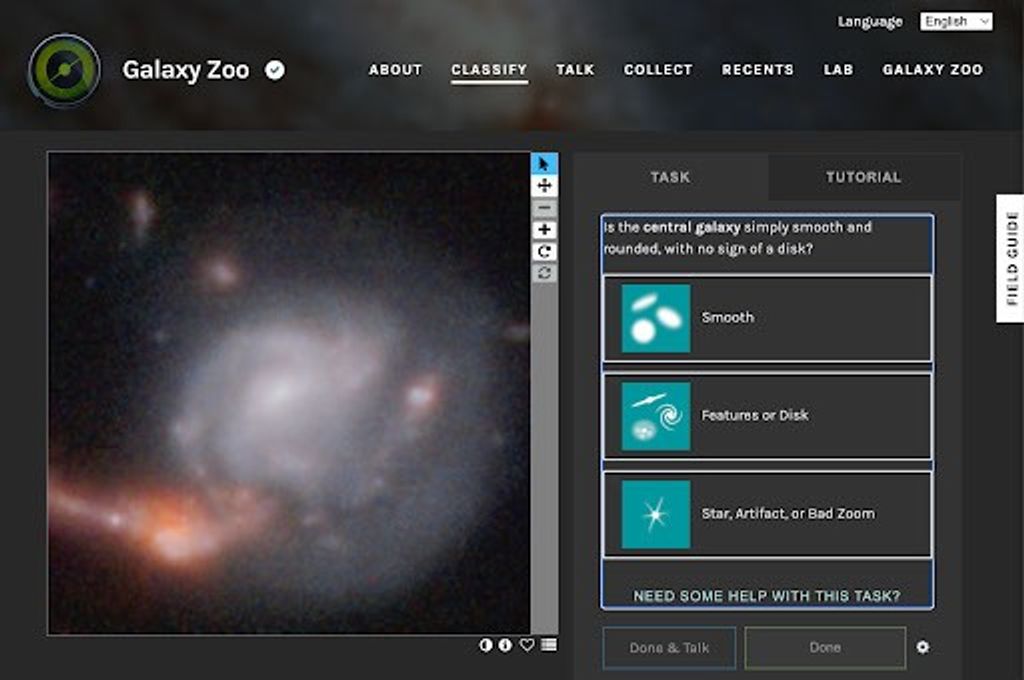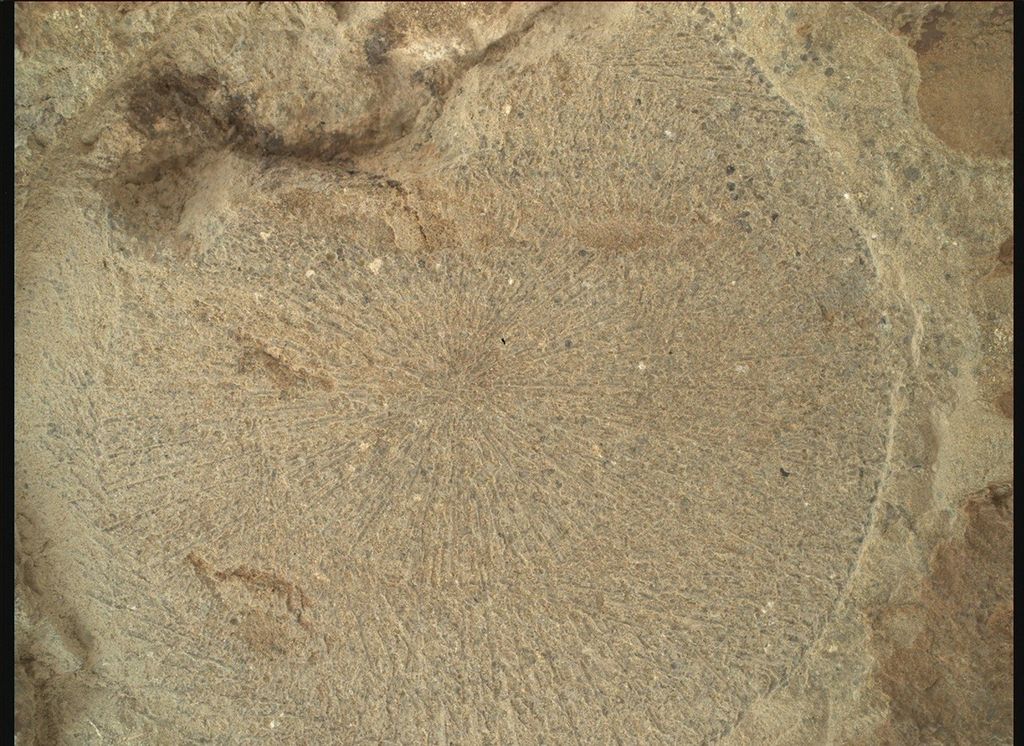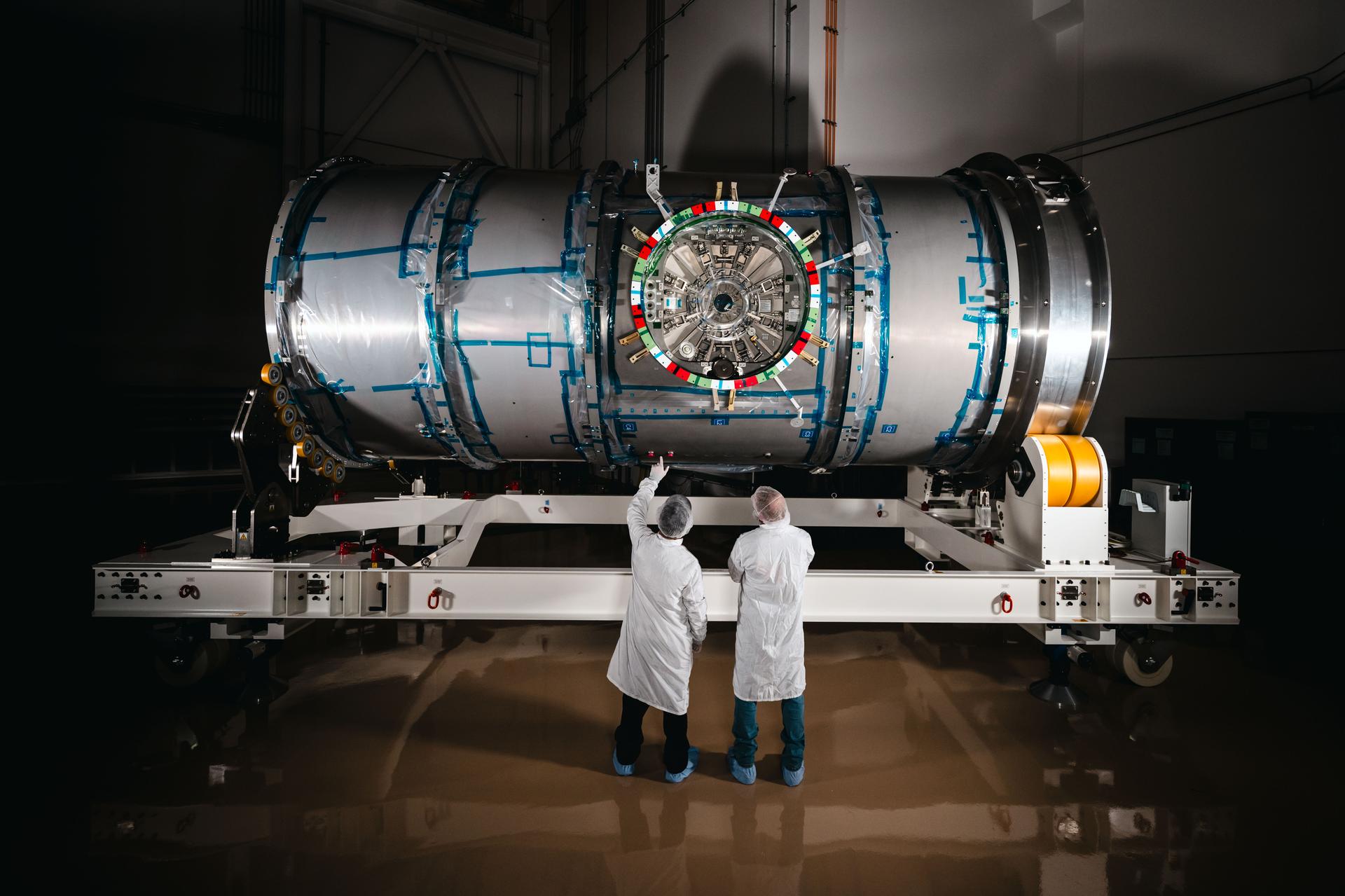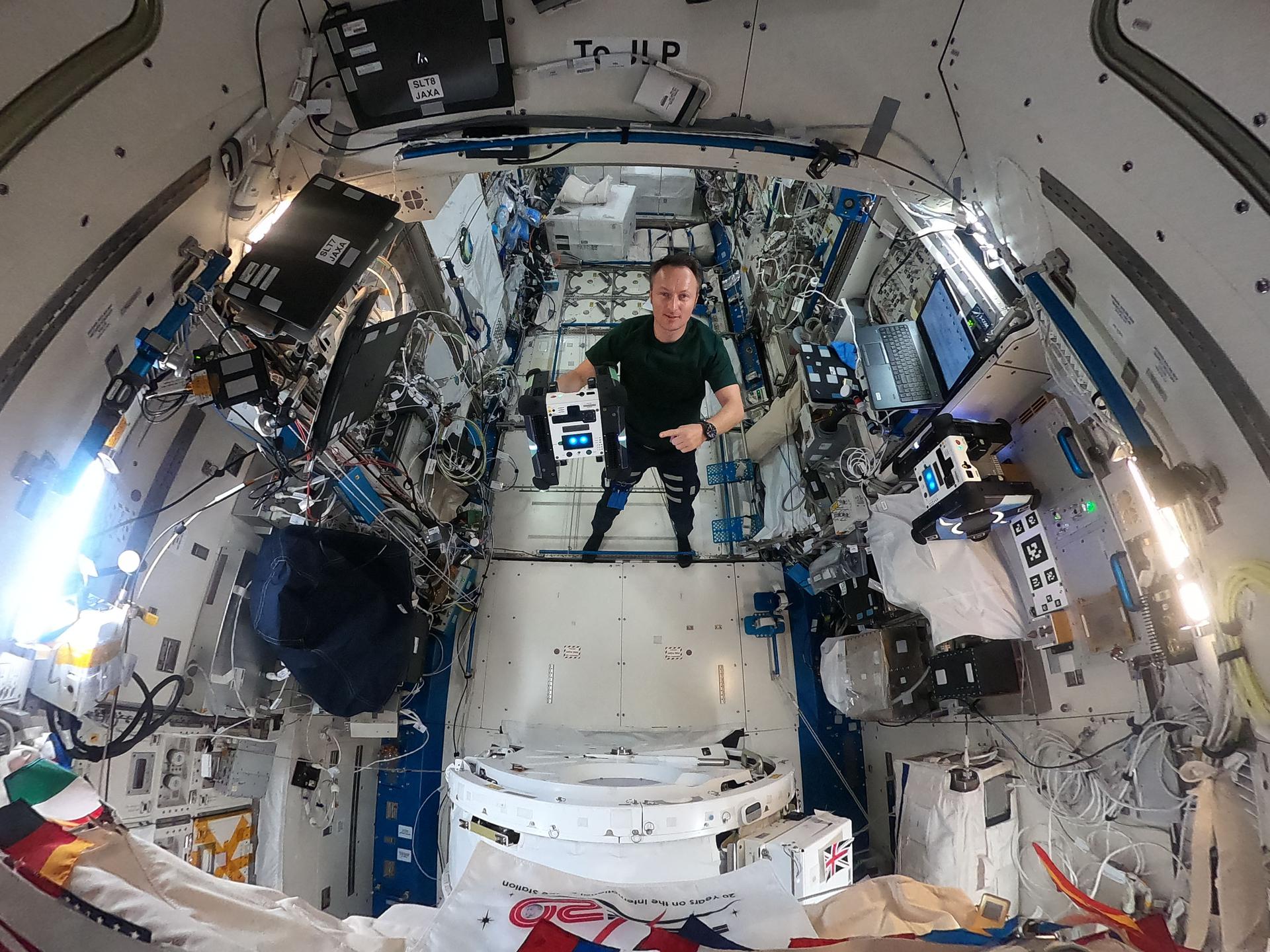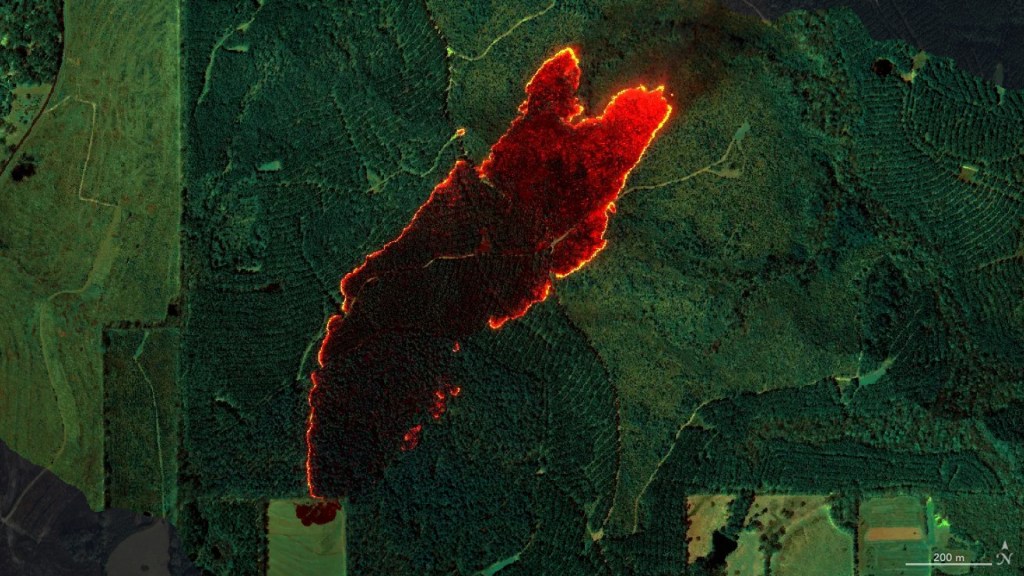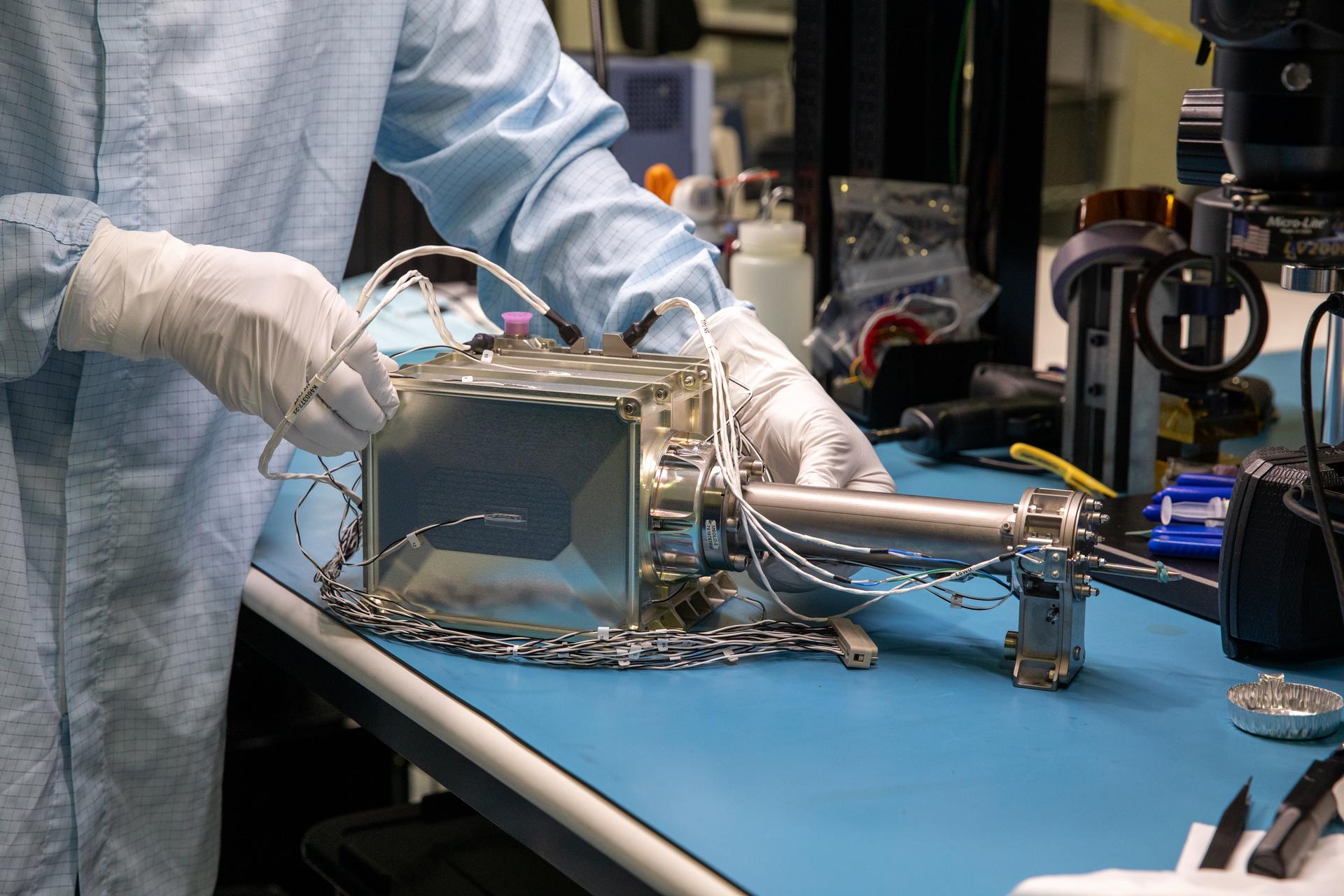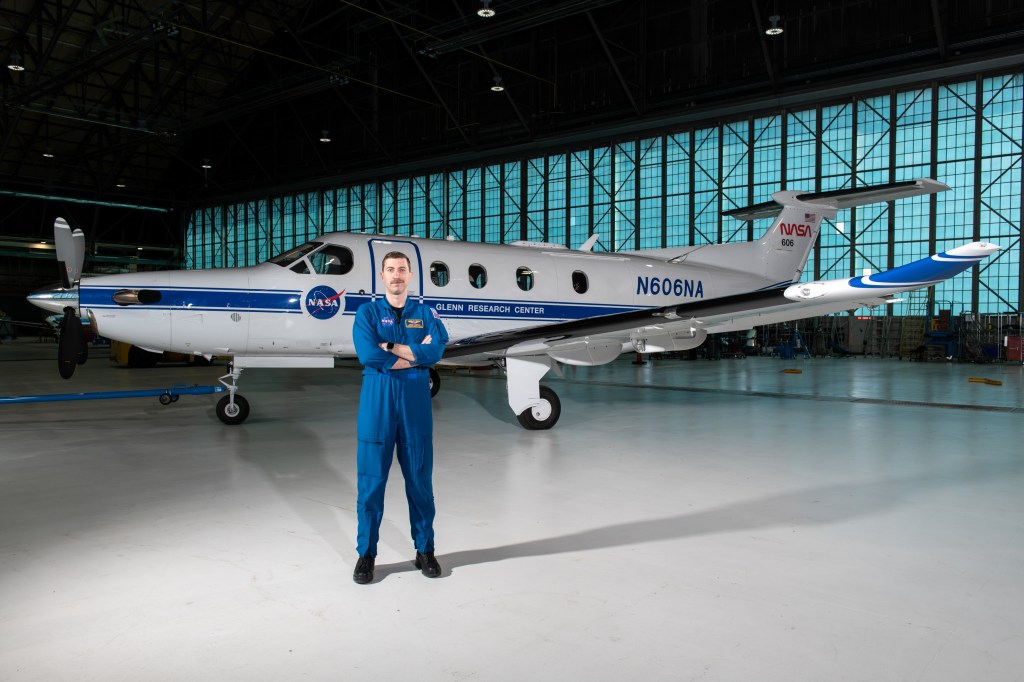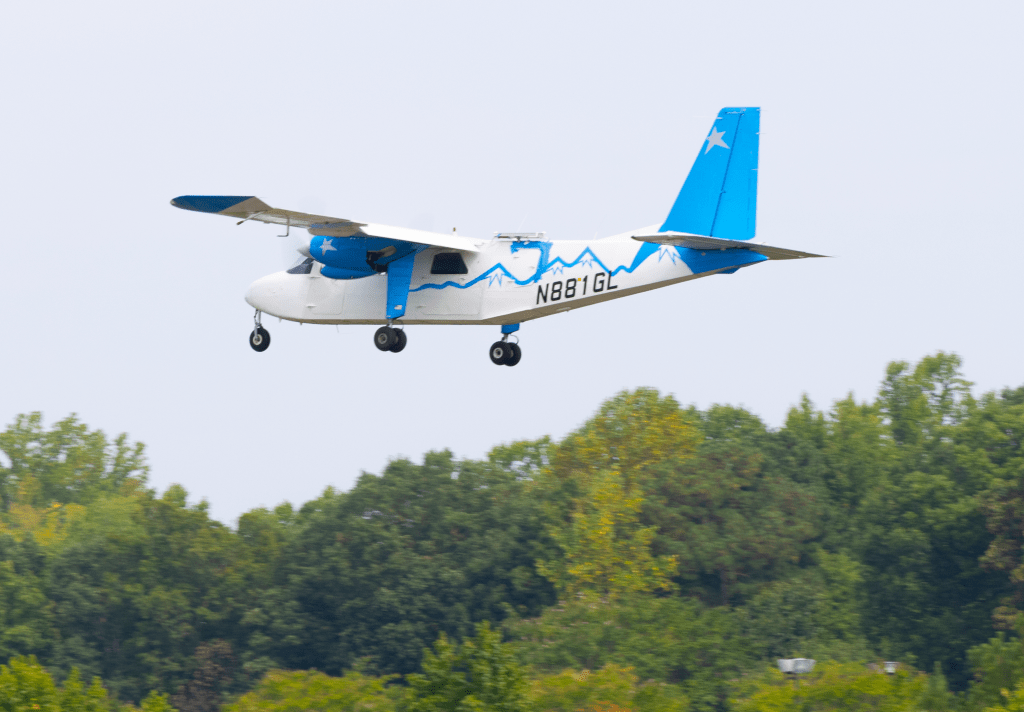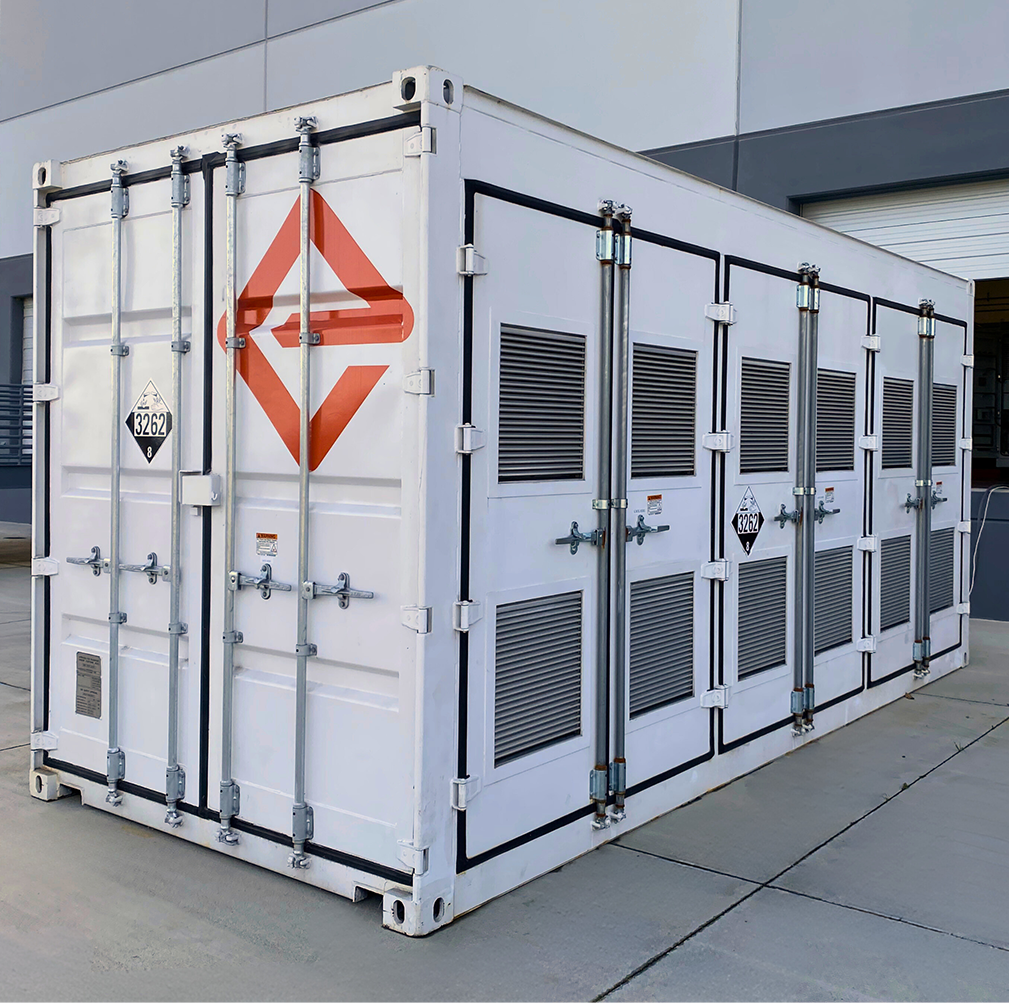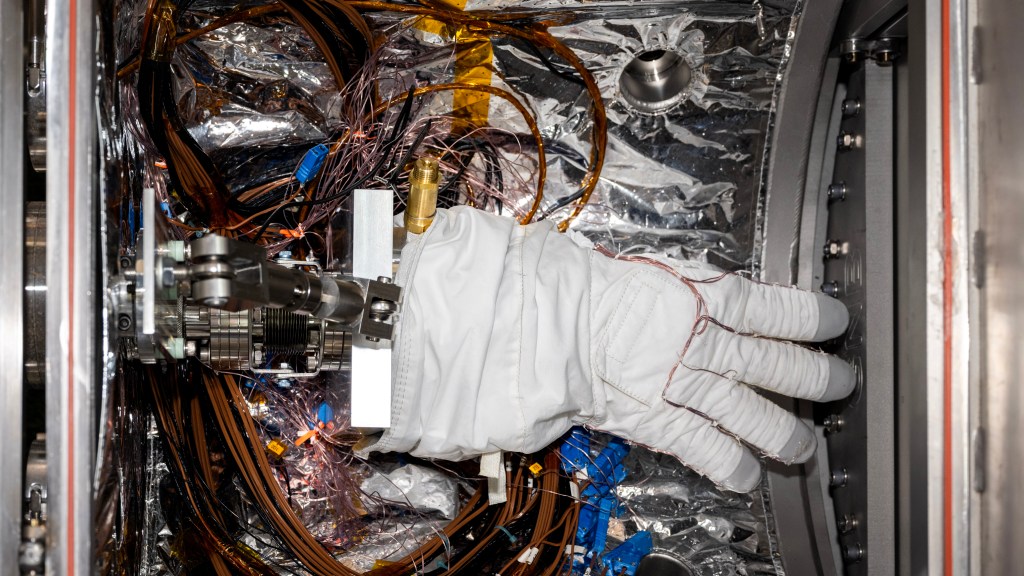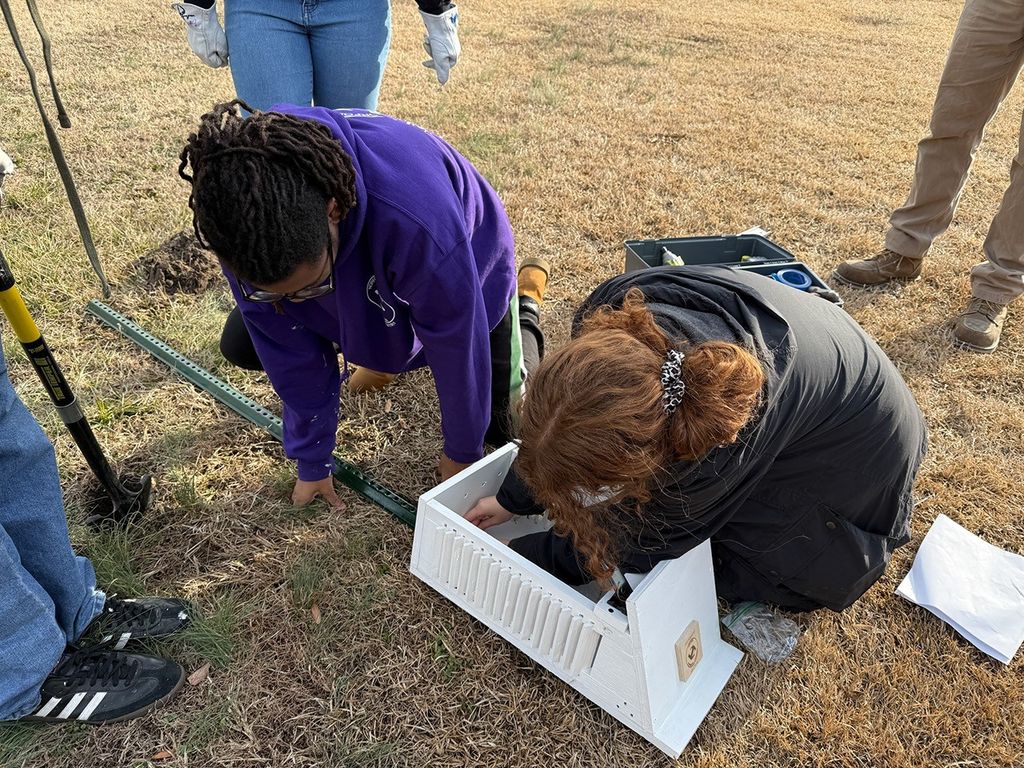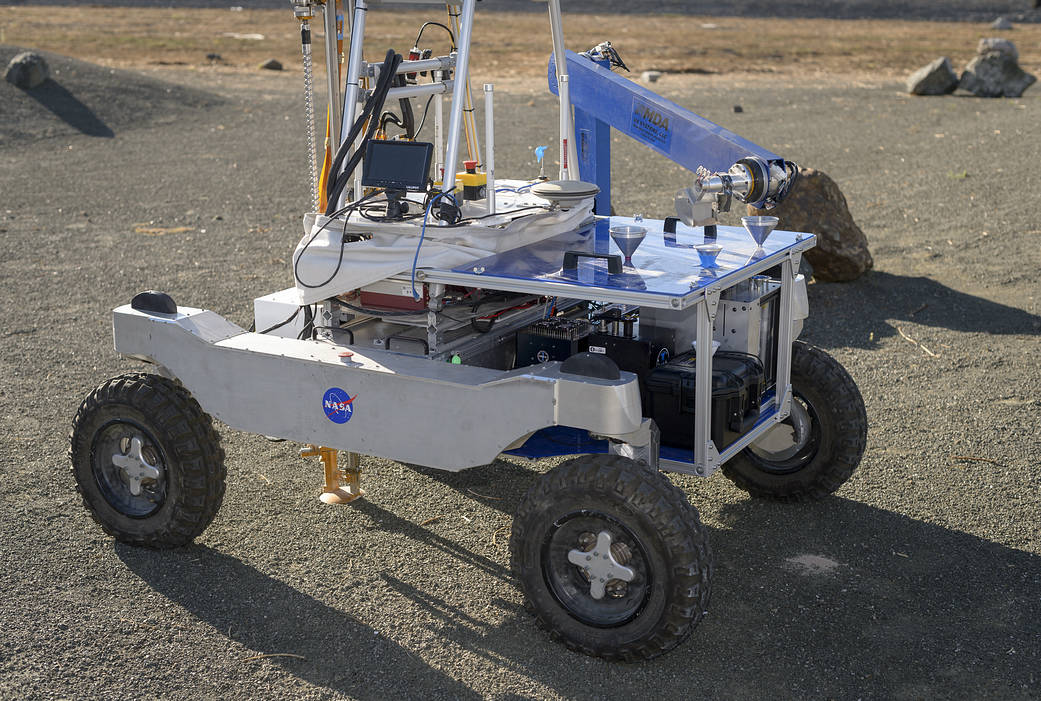The ARADS rover was designed with a potential life-detection mission to Mars in mind. Many scientists think that any microorganisms that might exist, or have existed, on Mars would have moved underground as the planet’s surface conditions became more severe. So, this rover is equipped with a drill to look for indicators of life below ground. The one-meter (around three-foot) drill can be increased to two meters (6.5 feet) by adding an extension. This prototype version of the drill is made of stainless steel; a unit to be sent into space would likely be titanium. The drill bit (far left) brings up soil samples, which are automatically retrieved by the rover using its blue robotic arm that ends in a scoop (right). The arm then delivers them to a set of instruments carried by the rover, through the funnels seen in the blue platform. These instruments use different methods to scour the soil for signs of life.
+++
The Atacama Rover Astrobiology Drilling Studies, or ARADS, project is designing tools and techniques that could be used to search for life one day on Mars or other places in the Solar System. The team’s prototype rover combines the ability to move across the surface, drill down to collect soil samples, and feed them to several life-detection instruments on board. The extreme conditions of Chile’s Atacama Desert provide one of the most Mars-like environments on Earth, where the team can test and refine these technologies and methods.
ARADS is led by NASA’s Ames Research Center in California’s Silicon Valley. Partners include NASA centers Goddard Space Flight Center in Greenbelt, Maryland, and the Jet Propulsion Laboratory in Pasadena, California, as well as Johns Hopkins University in Baltimore, Maryland, Honeybee Robotics in New York, the University of Antofagasta and CampoAlto SpA, both in Chile, and Spain’s Center for Astrobiology.
Credit: NASA/Ames Research Center/Dominic Hart

